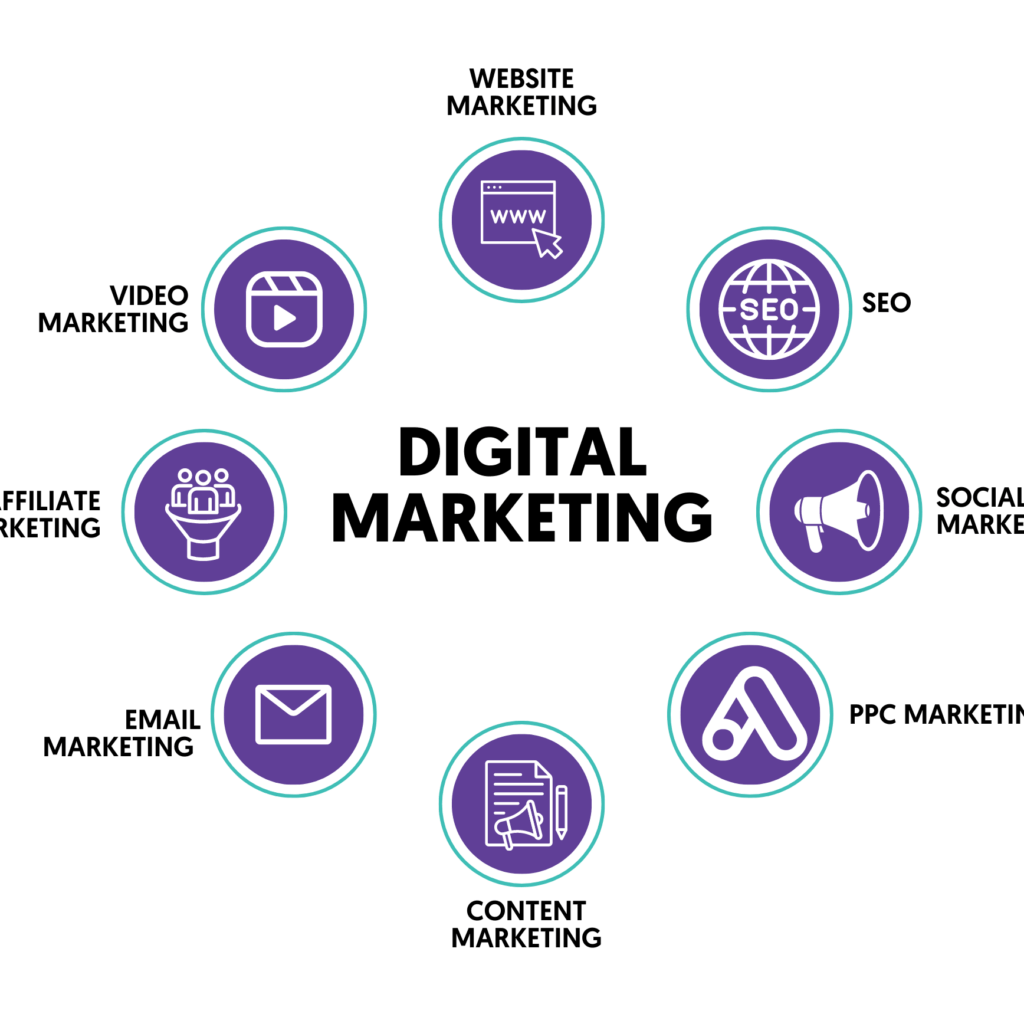Are your digital marketing campaigns actually working? Many marketers face this question. They wonder if their money is well spent. Ineffective campaigns cost you more than just budget; they also mean missed chances for growth.
Campaign testing offers a clear path forward. It helps you understand what truly drives results. By testing, you can fine-tune your efforts, boost performance, and get the best return on your investment. We will explore key testing methods. You will gain actionable insights, no matter your experience level.
1. The Foundation: Setting Up for Successful Testing

Understanding Your Goals and KPIs
Before you start any test, know what success looks like. What do you want your campaign to achieve? Good goals are SMART: Specific, Measurable, Achievable, Relevant, and Time-bound. For example, “Increase website leads by 15% in the next quarter” is a SMART goal.
These goals link directly to your testing methods. Key performance indicators, or KPIs, show your progress. For brand awareness, you might track click-through rate (CTR). If you want sales, conversion rate or return on ad spend (ROAS) are important. Cost per acquisition (CPA) matters for lead generation.
Defining Your Hypothesis
Every test starts with an idea, or a hypothesis. This is a clear guess you want to prove or disprove. A good hypothesis guides your entire testing process. It focuses your efforts and makes your results meaningful.
A strong hypothesis often follows an “If X, then Y, because Z” structure. For instance, “If we change the call-to-action button color from blue to green, then conversion rates will increase because green is seen as a more action-oriented color.” This simple framework helps you state your assumption clearly.
Establishing a Control Group
A control group is vital for any good test. It gives you a baseline. This group sees the original version of your campaign element. It doesn’t get the change you are testing. This way, you can clearly see the impact of your test variable.
You set up a control group by segmenting your audience. You can also use different ad sets where one stays unchanged. Keeping your control group consistent is key. It lets you isolate what changes happen because of your test, not other factors.
2. Core A/B Testing Methodologies
A/B Testing: The Most Common Approach
A/B testing is a simple yet powerful method. You compare two versions of one element to see which performs best. This could be a different headline, ad copy, or image. You might test various call-to-action buttons or email subject lines. Even different landing page layouts can be A/B tested.
You can run a simple A/B test on platforms like Google Ads or Facebook Ads. Just create two versions of an ad, changing only one thing. Then, direct equal traffic to both. The most important rule for A/B testing is to test one variable at a time. This way, you know exactly what caused any performance change.
Multivariate Testing (MVT) for Complex Optimization
Multivariate testing, or MVT, takes A/B testing further. It lets you test multiple changes to multiple elements all at once. For example, you might test different headlines, images, and call-to-action buttons in various combinations. This can reveal how elements work together.
MVT needs much larger sample sizes and longer test times. This helps ensure your results are reliable. You should use MVT when you have many elements on a page or in an ad that could impact performance. For simpler tests, A/B testing is usually enough.
Split URL Testing: Testing Entire Pages
Split URL testing focuses on bigger changes. It lets you test entirely different versions of a landing page or website. You direct traffic to separate URLs, each hosting a distinct page design. This is useful for major overhauls.
This method works well for testing completely new landing page designs or entirely different website layouts. To set up split URL tests, you need dedicated URLs for each version. This helps track performance accurately.
3. Advanced Testing Strategies and Tools
Conversion Rate Optimization (CRO) Testing
CRO testing is about improving the percentage of visitors who complete a desired action. It uses A/B and multivariate tests as part of a larger plan. The goal is continuous improvement. You always seek ways to make more visitors convert.
Tools like Google Optimize, Optimizely, and VWO are popular for CRO testing. They help you run your experiments. User behavior analytics also plays a big role. Heatmaps show where users click, and session recordings show how they move. These insights help you decide what to test next.
Audience Segmentation Testing
Testing campaign effectiveness across different audience groups is smart. You can see what messages resonate with specific segments. First, identify your key audience segments. These might be based on age, interests, or online behaviors.
Then, test different creative, messages, or offers for each group. For instance, a fashion retailer might test a “summer sale” message targeting young adults versus a “back-to-school” message targeting parents on Facebook. This helps you tailor campaigns better.
Ad Creative and Messaging Testing
The visual and written parts of your ads are very important. You should test different visual assets. Try images versus videos. Compare lifestyle shots to product-focused photos. Experiment with various tones of voice in your copy. See if benefit-driven copy works better than feature-driven copy.
A good tip is to test using an emotional appeal in your ad copy versus a rational, benefit-focused approach. One might speak to your audience better than the other. Small changes here can make a big difference in ad performance.
Landing Page Experience Testing
Your landing page is where conversions happen. Optimizing it is crucial for campaign success. Test if your landing page headline matches your ad copy. This creates a smooth user experience. Experiment with the length of your forms and the number of fields. Shorter forms often get more completions.
Also, test different placements for testimonials or other social proof. These elements build trust. According to a study by HubSpot, landing page optimization can increase conversion rates by up to 300%. This shows how powerful these tests can be.
4. Measuring and Iterating for Continuous Improvement
Analyzing Test Results and Determining Significance
When your test ends, you need to look at the data. It’s important to understand statistical significance. This tells you if your results are due to your changes or just chance. Look at p-values and confidence levels. They help determine if your “winner” really won.
How do you know what constitutes a “winner”? The winning variation should show a clear, statistically significant improvement over the control. Avoid drawing conclusions too soon. Wait until you have enough data. This prevents making bad decisions based on random spikes.
Implementing Winning Variations and Documenting Learnings
Once you have a clear winner, it’s time to act. Roll out the successful variation across your entire campaign. This means replacing the original element with the improved one. But the process doesn’t stop there.
Document everything about your test. Note the parameters, the results, and what you learned. Create a central repository for all campaign tests and their outcomes to build institutional knowledge. This helps your team learn from past efforts.
The Iterative Nature of Testing
Testing is not a one-time thing. It is a constant cycle of refinement. Every test gives you new information. Use these learnings to inform your next test. Think of it as a continuous testing roadmap for your campaigns.
For example, after you successfully test a new headline, your next step might be to test different versions of the sub-headline. Each successful test builds on the last, pushing your campaign performance higher and higher.
5. Beyond A/B: Other Valuable Testing Approaches
User Feedback and Surveys
Quantitative data tells you what happened. Qualitative data tells you why. User feedback and surveys provide deeper insights. They help you understand how users perceive your digital assets. You can add on-site surveys to gather opinions. Post-conversion feedback forms also work well.
These tools help you understand user experience and preferences. The feedback you get often inspires new A/B tests. For example, if many users mention confusion about a product feature, you might test new copy to clarify it.
Heatmaps and Session Recordings
Tools like Hotjar or Crazy Egg offer visual ways to see user behavior. Heatmaps show where users click, move their mouse, and scroll on a page. This helps you identify what grabs attention and what gets ignored. Session recordings let you watch actual user journeys. You can see exactly how users interact with your site.
Interpreting heatmaps helps find friction points. You might see users ignoring a key button. Analyzing session recordings can show where users get stuck or leave your page. Use heatmaps to identify underperforming CTAs and test alternative placements or copy.
Usability Testing
Usability testing involves observing real users interact with your digital tools. This could be your website or a new landing page. You find out if people can easily use your assets to reach their goals. Recruit participants who match your target audience. Give them specific tasks to complete on your site.
Watch them as they work. Note any difficulties or confusion they experience. This direct observation reveals problems you might never find through analytics alone. It helps you improve the user experience directly.
Conclusion
Systematic testing is critical in digital marketing. It helps you truly understand what makes your campaigns work. This data-driven approach boosts performance and maximizes your ROI. We’ve explored methods like A/B, multivariate, and split URL testing. We also looked at advanced strategies for CRO, audience, and creative testing.
Remember, analyzing results with statistical significance is key. Always implement your winning variations. Document everything you learn. Digital marketing success comes from continuous refinement. Start using these methods in your campaigns now. You can unlock greater success and gain a real edge over competitors.

Add a Comment